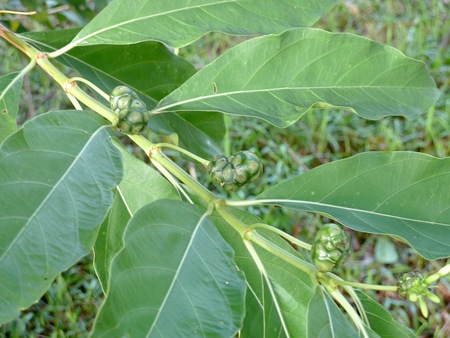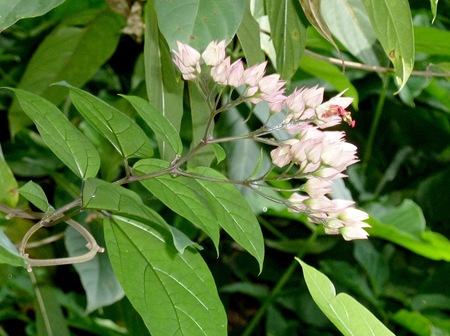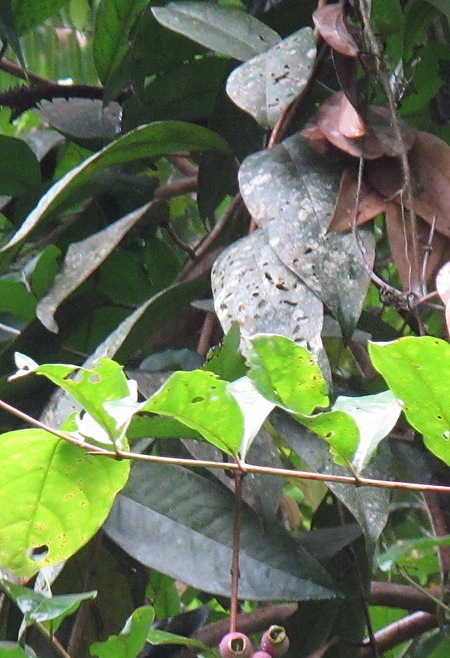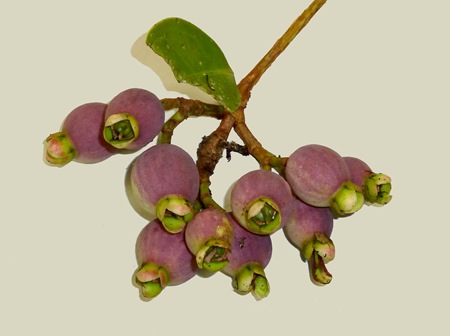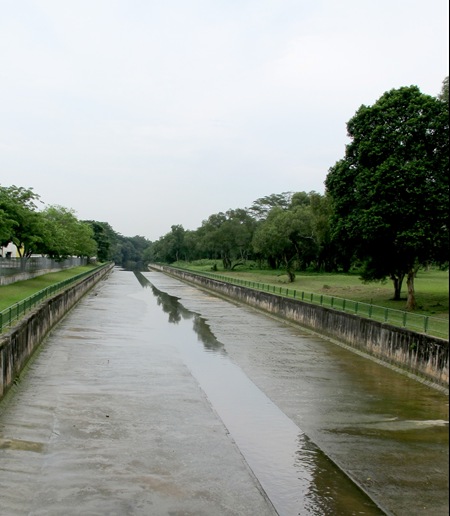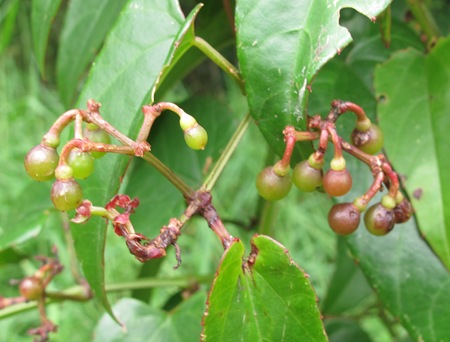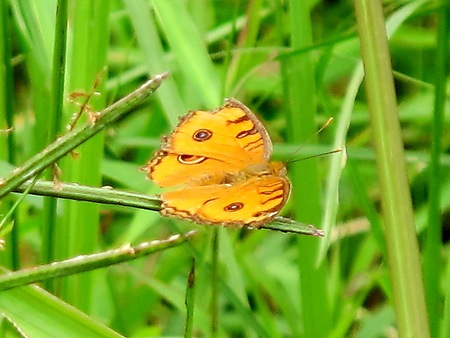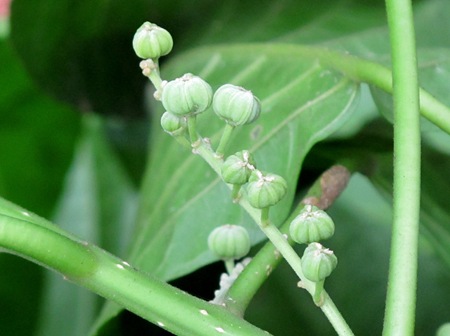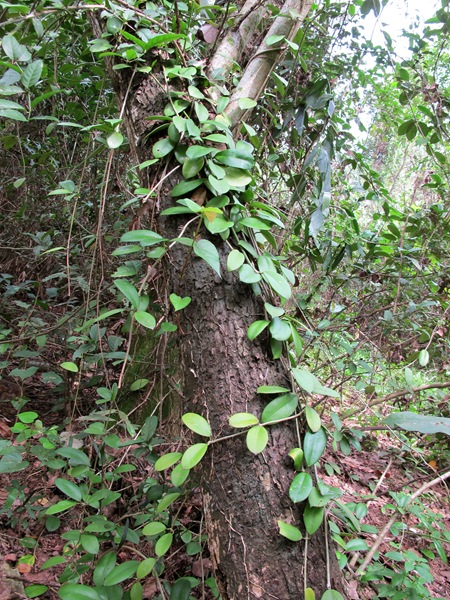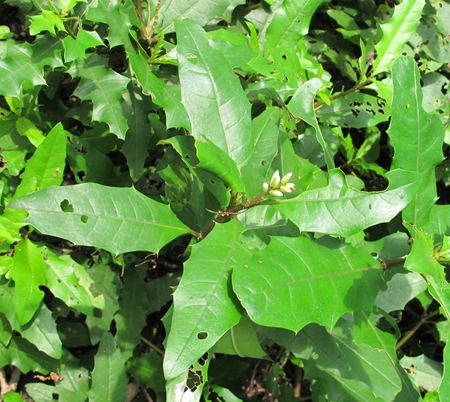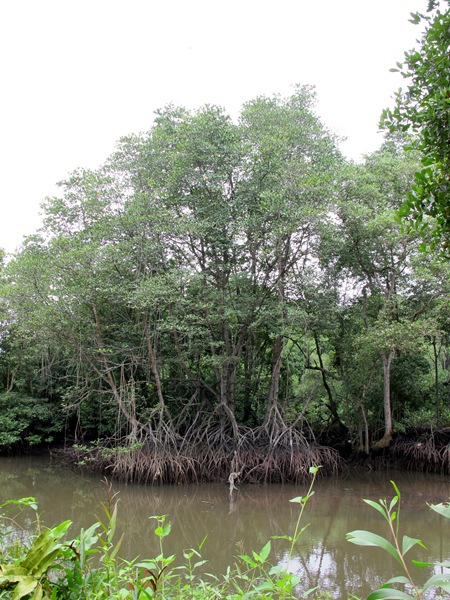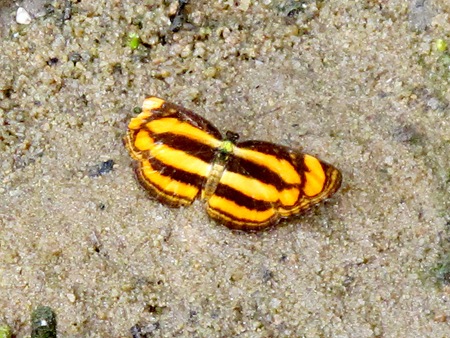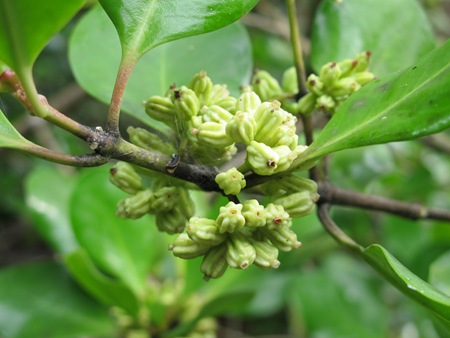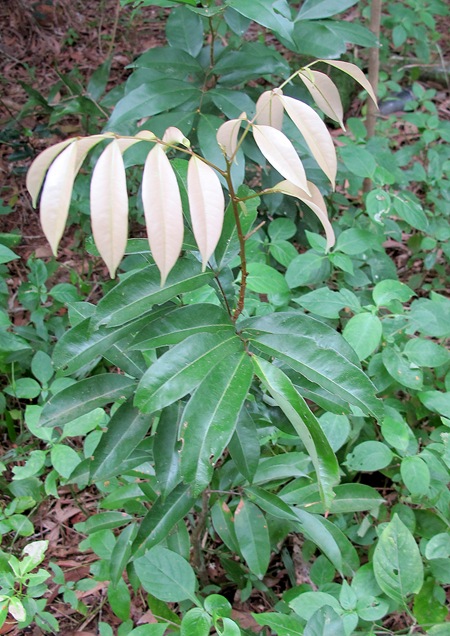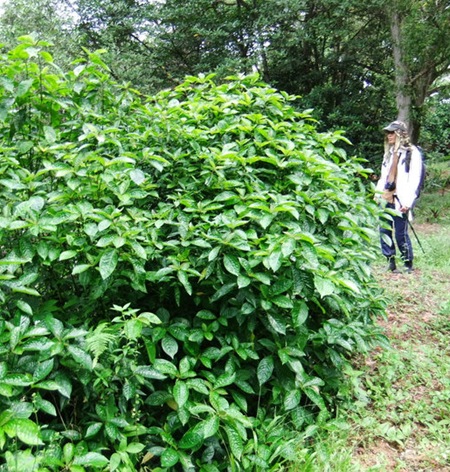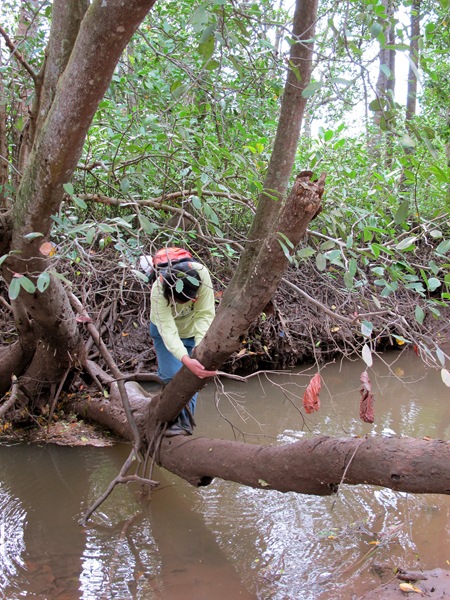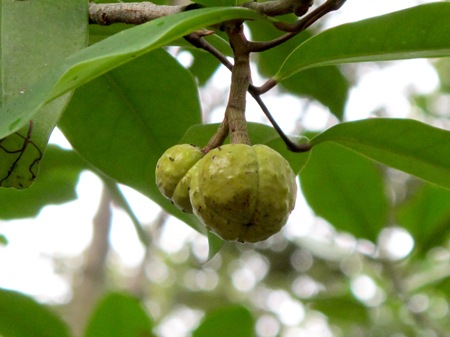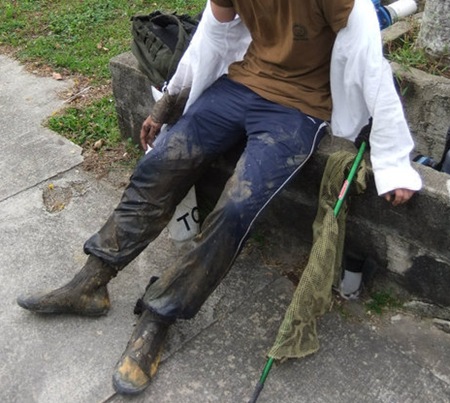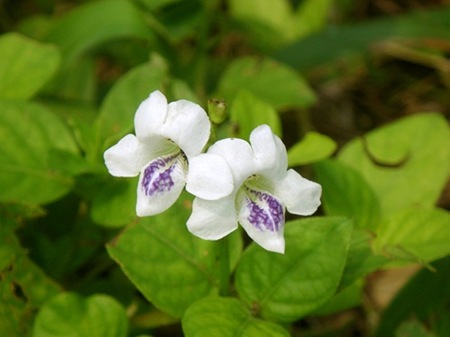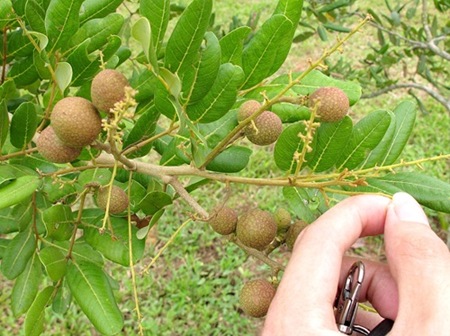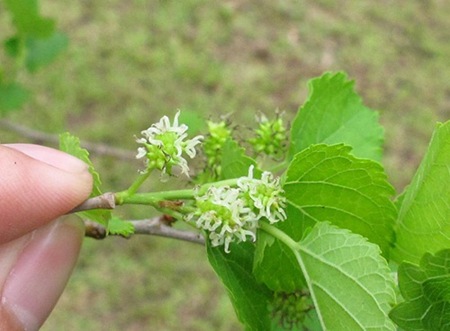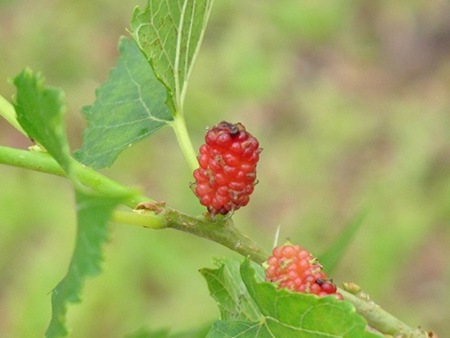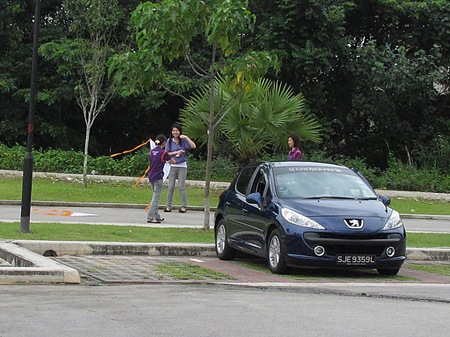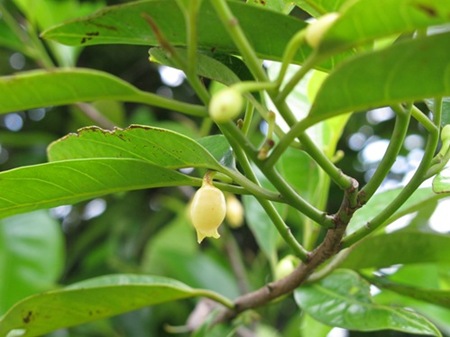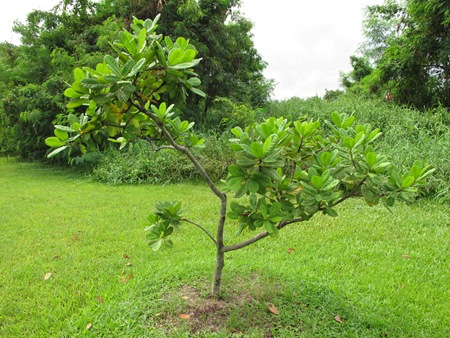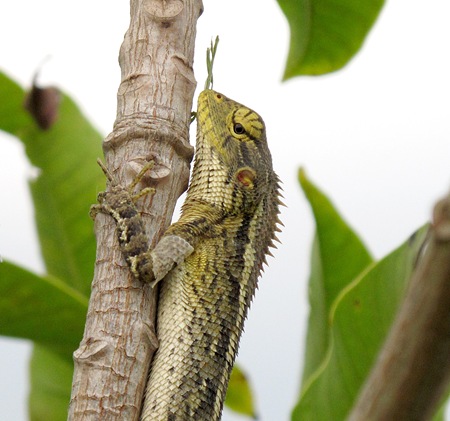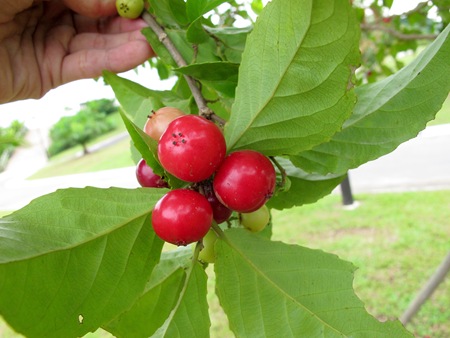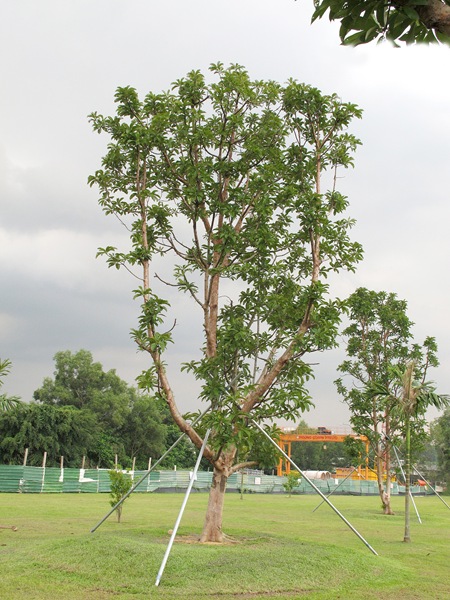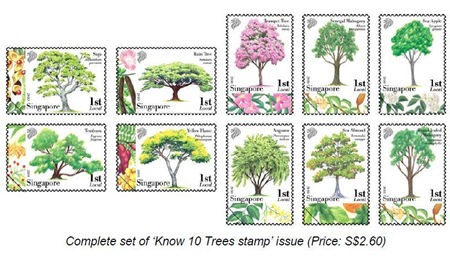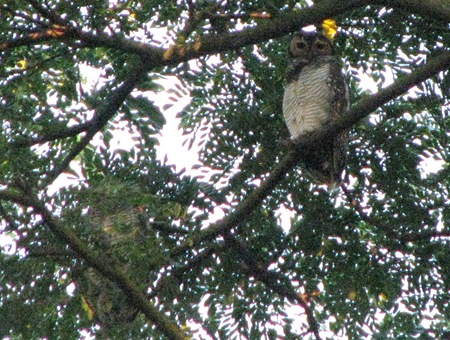My weekend trip today was to Bidadari Cemetery, recommended by L, who accompanied me this morning.
The aim was actually to bird-watch, but we did not see any interesting ones besides some orioles, bulbuls, koels, etc.
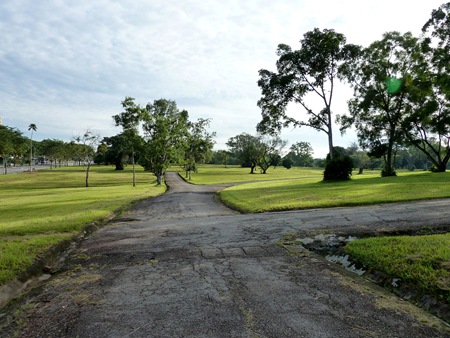
To say that it is a cemetery is actually incorrect, since most, if not all of the graves were already exhumed. It is now a place as we observed, for people to jog and walk their dogs.
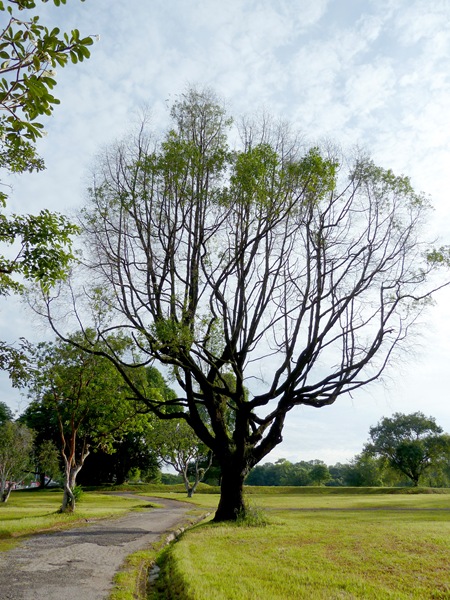
However, quite a lot of nice trees like this Tembusu, Fagraea fragrans still stands. Its branching seems like upward point fingers, rather appropriate for a cemetery tree I suppose?
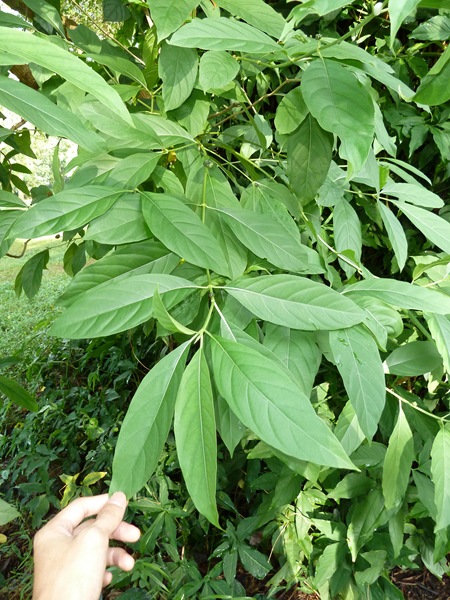
There were many other common trees along the area which I won’t blog about. One plant which I was particularly curious about is this tree.
The fruits resembles the Noni, Morinda citrifolia, but all of these leaves look much lighter green in colour. Could this be a different Morinda? A check in Kwek’s vascular flora list however shows that M. citrifolia is the only tree, while the rest are climbers… Update: Morinda elliptica. Thanks VB for the ID. Update: Seems like this plant is STILL Morinda citrifolia, according to Kew, even though it looks very different from the the Morinda citrifolia. Update: Apparently, M. elliptica is still valid, according to Razafimandimbison (2009). Thanks Kwek for the research.
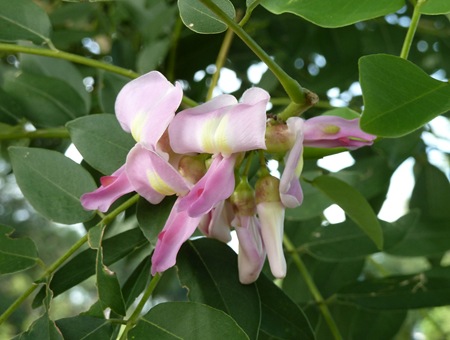
It took me a moment to recall this rather common wayside tree, Gliricidia sepium. This was my first time seeing its flower.

This cemetery is one of the few places to see this variable squirrel. Though exotic, we can’t help exclaiming about its cuteness!

I managed to take two close ups of the squirrel. This one above crossing its arms while hanging outside down…
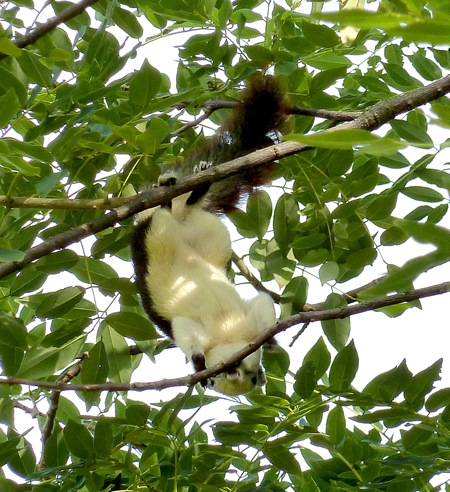
And another picture of it biting a branch. I also saw it nibbling on the leaves of this Gliricidia. Part of its diet?
A Clerodendrum sp. It looks like the hydrid C. x speciosum.

After finishing our walk, we realised that we were very close to SPCA, so we went in to have a look. This cat with beautiful blue eyes was my favourite!
Two adorable kittens here…

Another kitten which L was particularly attached to.
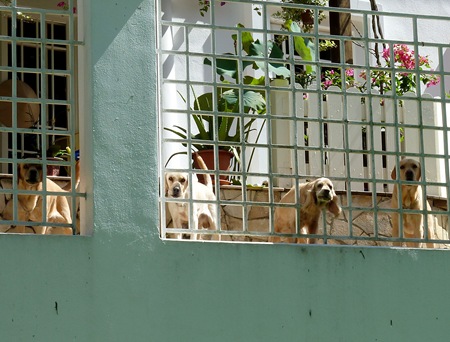
Our next point is to investigate a forest fragment near Hougang Ave 3. Just at the forest edge, we were rudely interrupted by these four dogs.
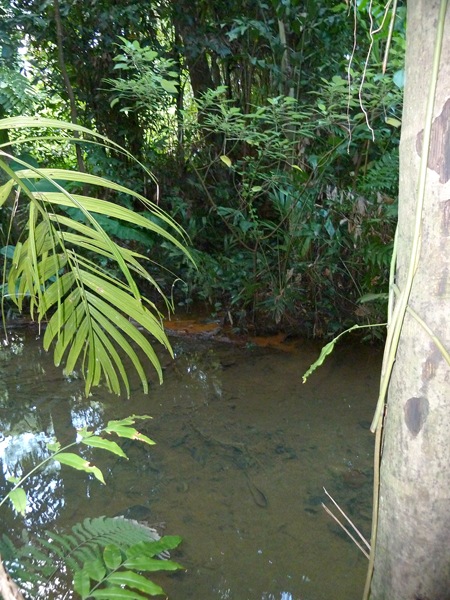
It was always nice to see streams in the forest. Gives me the delusion that it is a freshwater swamp forest.
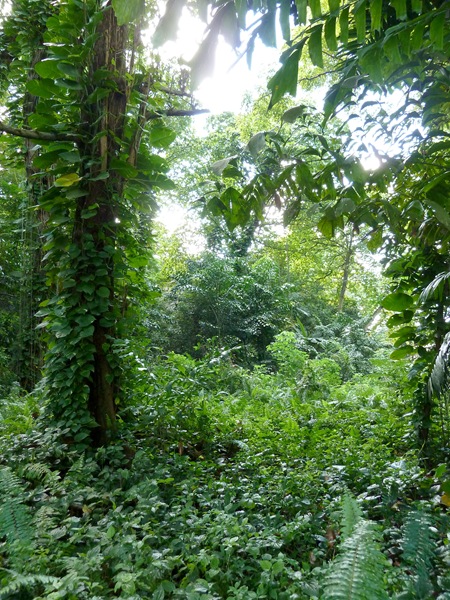
However, I was rather disappointed that the vegetation in the forest were all common plants. Sea almond, fish-tail palm, Banyan and starfruits trees; money plant climbers; Pandan and Alocasia near the stream, and the ground sprawling with Piper sarmentosum.
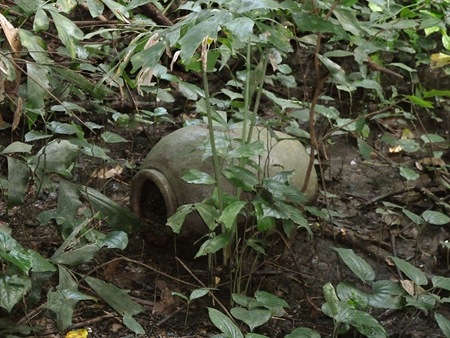
Remains of a village? Or is this some valuable antique?
I decided to leave soon after staying no more than 20 minutes since there was nothing new to discover and the undergrowth was very also thick (scared of snakes).
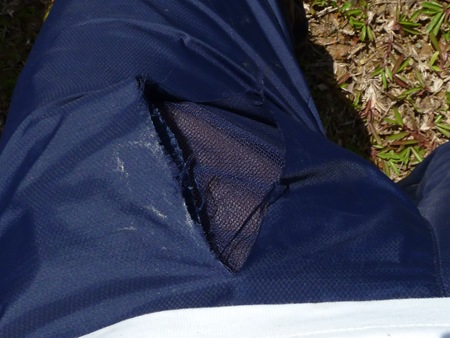
I was pretty upset that my Anta track pants which has served me well was torn. What’s worse was that that the attached compass and rubber tip of my two weeks old hiking stick came out and was no where to be found. Damn… =.=”
Not sure whether I will keep up my weekly fieldtrips since my goody field trip kaki L will be going on SEP for a year soon. All the best!

